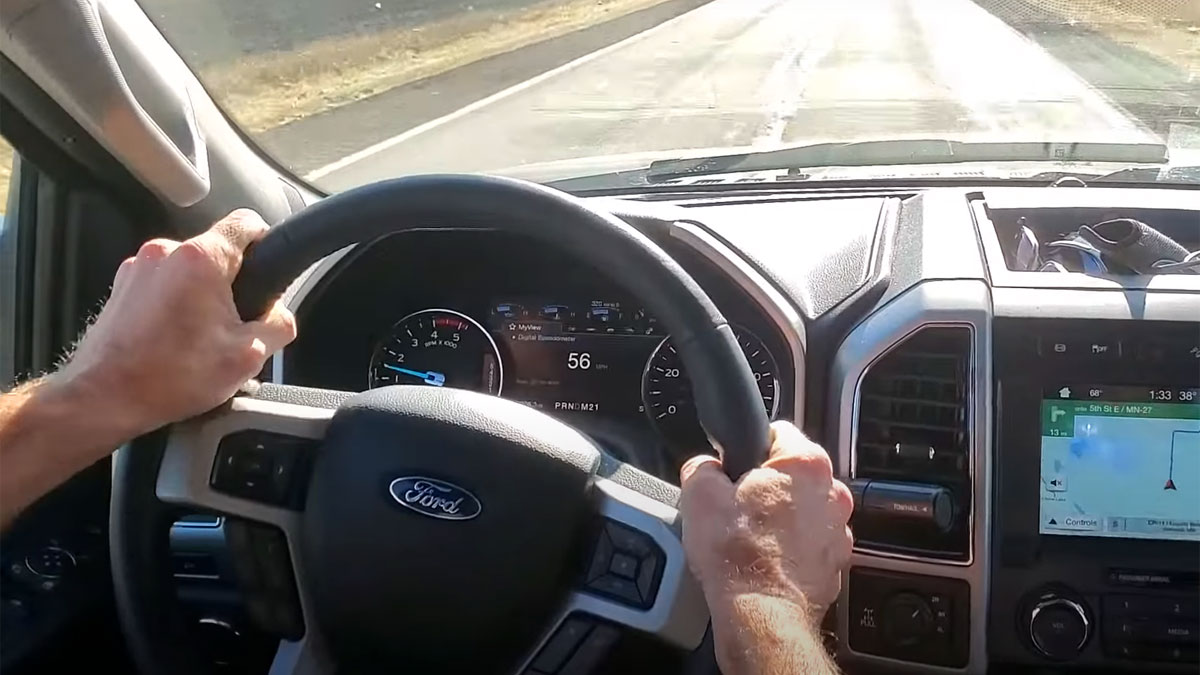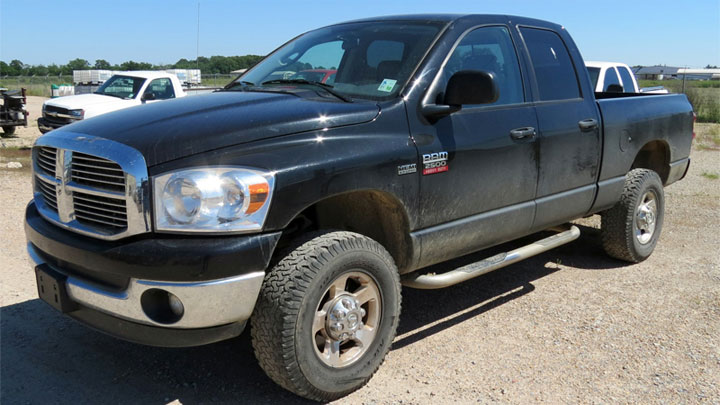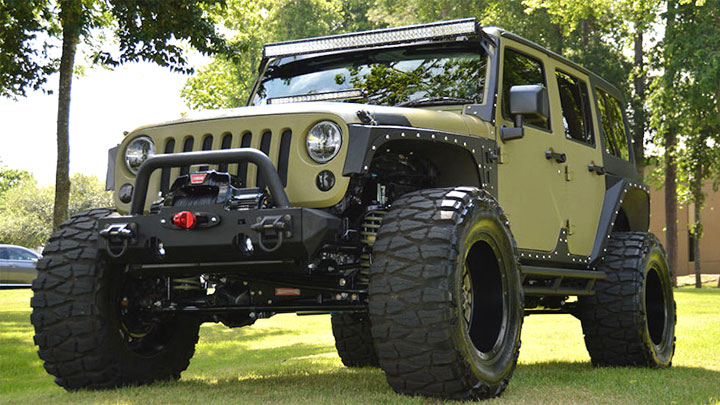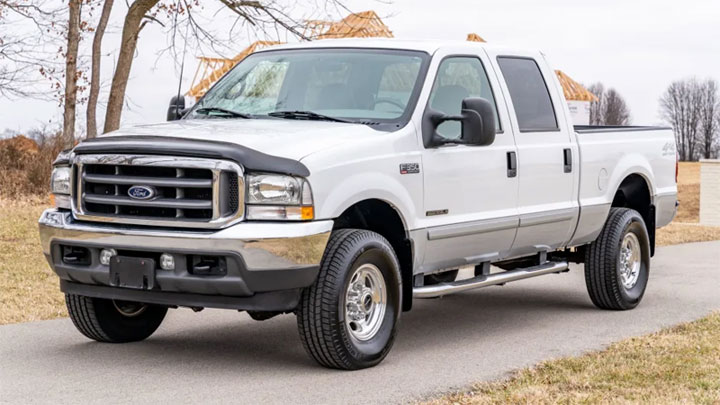Death Wobble (Common Causes and How to Fix It)
If you have a lifted truck or Jeep, it’s only a matter of time until someone tells you about death wobble or you experience it for yourself. But while death wobble sounds terrifying, the more you learn about it, the easier it is to address, prevent, and fix.
But what exactly is death wobble, what causes it, and most importantly, how do you fix it? We’ve highlighted everything you need to know about this terrifying condition for you here.

See Also: Why Are Jeeps So Expensive?
What is “Death Wobble”?
While death wobble might have the scariest name of anything that can happen to your vehicle, it’s not some crazy far-out rare condition. Death wobble is simply a sudden vibration coming from your vehicle’s suspension system.
If your vehicle has death wobble, you’ll feel the vibrations throughout your entire vehicle, and especially through the steering wheel. Death wobble doesn’t occur all the time while driving at high speeds, instead, it commonly occurs after hitting a bump or divot in the road.
These bumps cause a loose or damaged component to shift, and then as it resonates and slides back and forth back into place it creates the death wobble.
It’s also important to note that we’re talking about death wobble for a truck or automobile, not a motorcycle. Death wobble on a motorcycle is a completely different condition that occurs when the rider overly displaces their weight on a vehicle, causing the oscillate dangerously.
How Common Is It?

The prevalence of death wobble all comes down to what you drive. Death wobble is a common condition for lifted trucks and other 4×4 vehicles, which is why it’s a notorious problem for Jeeps, Dodges, and Fords.
However, while it’s certainly more prevalent with these vehicles, it’s not impossible for it to happen with other types. But if you’re getting a larger truck or Jeep and plan on lifting it, you’re certainly making it far more likely that you’ll need to address death wobble issues in the future.
What Does It Feel Like?
If you’re driving down the road and your entire vehicle starts shaking violently, that’s death wobble. It’s not a condition you’ll miss if it’s happening. In fact, it’s likely to scare the bejesus out of you if it does.
Death wobble isn’t a mild vibration, although that’s indicative of a different type of problem you’ll need to address. Death wobble is a major vibration and it’ll typically get worse at higher speeds.
Here’s a good video showing what death wobble feels and sounds like:
What Causes Death Wobble?
There are a lot of potential causes for death wobble. The most common cause of death wobble is worn-out steering or suspension parts, but they’re far from the only potential cause.
The problem could be improper tire inflation, out-of-balance tires, loose or worn wheel bearings, faulty alignment, damaged steering components, or even bent wheels! While these issues are less common, they’re not unheard of either.
Death Wobble vs Bump Steer
While you’ll often hear people confuse death wobble and bump steer, they are two completely different conditions that commonly affect lifted trucks and Jeeps. Bump steer is a very specific condition that affects the toe angle of a vehicle as it goes over dips and bumps on the road.
Bump steer occurs when the toe angle of one or more tires changes as the vehicle drives over different terrain. When this happens, it means an aftermarket component is improperly installed or worn out on your vehicle.
It’ll present a lot of the same issues as death wobble, but the necessary fix for your vehicle is a bit different.
Will the Problem Go Away On Its Own?

No. If your vehicle has death wobble, it’s not a problem that will get better with time. Instead, death wobble is far more likely to get worse if you ignore it, and it’s possible for death wobble to damage other components in your vehicle.
Finally, death wobble can create a dangerous driving condition, so you don’t want to ignore it if it’s happening. If a component fails completely or the road conditions get a bit rougher, you might find yourself in an unavoidable accident if your vehicle has death wobble.
Moreover, while some people will try to fix a death wobble by installing a steering stabilizer, you’re only masking the problem. The problem itself is still there, and if you don’t take the time to properly address it, it’s only going to worsen and cause further damage.
Read Also: Cost to Install a Slip Yoke Eliminator
How to Fix Death Wobble

While a lot of the “fixes” we’re going to highlight here don’t necessarily address a true “death wobble”, we’ll address things people commonly misdiagnose as death wobble. We’ll rule those out in addition to what you need to do to fix death wobble, ensuring you can get your vehicle back in tip-top shape in no time.
When you’re trying to figure out what’s causing death wobble with your vehicle, it’s best to start with the simple stuff.
- Start by checking the tire pressure on your vehicle. If there’s too much air, too little air, or mismatched tire pressures, this could be your problem.
- The problem could also be an out-of-balance wheel, but this issue will usually present itself right after a tire replacement.
- While you’re checking the tire pressure, inspect the wheels. You’re checking if there’s any damage or if there are bent rims. If they are, this is likely the problem and you’ll need to replace the damaged wheel.
- Next, take a look at the alignment of your vehicle. With the steering wheel pointed straight ahead, both tires should point in the same direction. If they don’t there’s an alignment issue that could be causing your death wobble. For more information about checking your vehicle’s alignment, take a look at this guide. If you don’t remember the last time you had a wheel alignment done, it’s worth the cost to have an alignment done.
- From there, the next easiest thing to rule out is the wheel bearings. To check the wheel bearings, jack up that wheel and see if it wobbles in any way when you pull it from side to side or up and down. If it does, you need to either repack or replace the wheel bearings.
If all these things check out, then it’s likely a problem with your vehicle’s steering or suspension system.
- Start troubleshooting by checking the trackbar bolts for proper torque and see if there is any damage to the trackbar itself. While you’re checking the trackbar, you should also inspect the draglink for any potential damage.
- Next, check the tie rod ends. You’re looking for any damage to the metal, blown-out bushings, or if the nuts holding them in place have backed out.
- Finally, check the ball joints and the steering box for any leaks or obvious damage. If all these things check out and you still can’t pinpoint the problem, it’s time to take your vehicle to a professional mechanic for further diagnosis.
Is It Safe to Drive With Death Wobble?

Absolutely not. Death wobble significantly affects your ability to steer and control your vehicle and is an extremely dangerous condition. Often you can remedy death wobble by lowering your vehicle’s speed, but even then you should pull over as soon as possible and figure out what’s going on.
If your vehicle does not have a death wobble at lower speeds you should be able to safely drive it to a repair shop, but only if you don’t need to travel at higher speeds to get there. Do not ignore death wobble, take your vehicle in for repairs right away.
Is It Covered By Warranty?
This depends, but most of the time, warranties won’t cover death wobble. This is because most vehicles develop death wobble after someone installs aftermarket parts to raise or alter their vehicle. Even if your vehicle is still in the acceptable warranty period, adding aftermarket parts to your vehicle will void the warranty.
However, many aftermarket parts will come with a warranty, and if one of these components fails and causes the death wobble you might be able to get a replacement part under warranty. But this heavily depends on the aftermarket part you go with and if you have all the necessary documentation to use the warranty.
Finally, while it’s unlikely that your vehicle will develop a death wobble if you have all the OEM parts on the vehicle and it’s still under the warranty period, but if it is the case with your vehicle it’s likely covered under warranty.
- P0521 Code (Symptoms, Causes, How to Fix) - Mar 22, 2024
- How to PROPERLY Clean 5 Types of Steering Wheel Materials - Feb 19, 2024
- What Should You Do If Your Check Engine Light Comes On? - Nov 6, 2023
